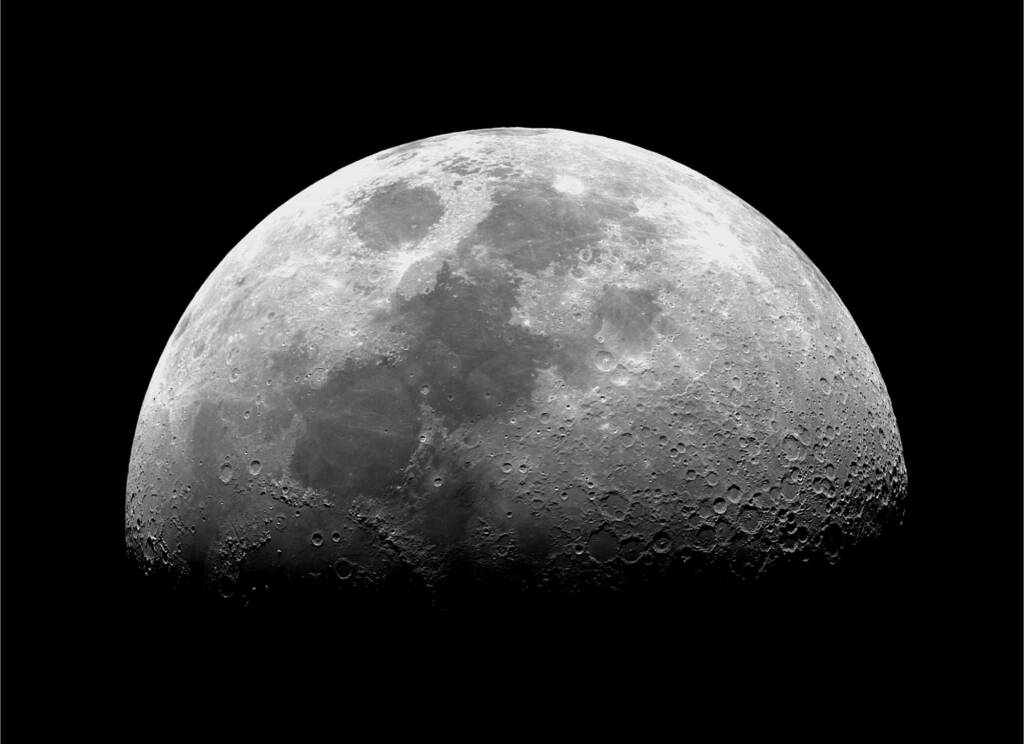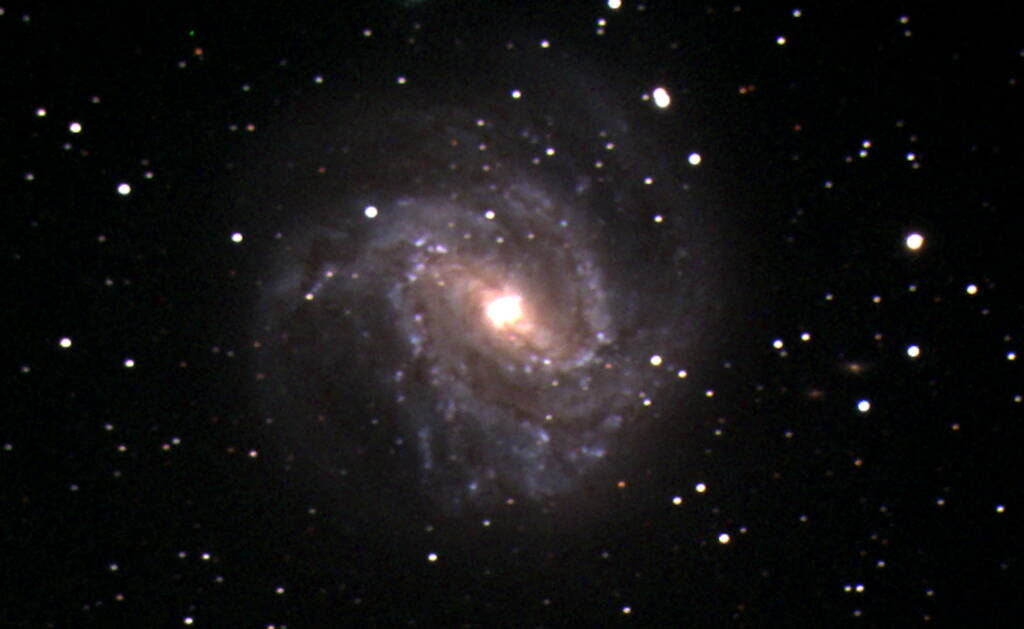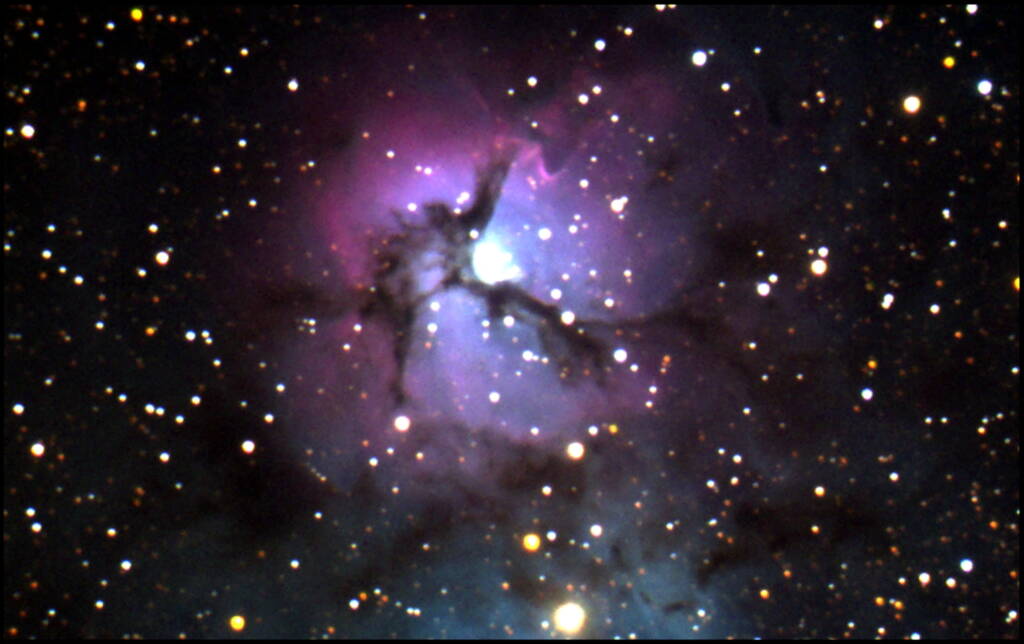Woomera ObservatoryWoomera Astronomy Images M57 Ring Nebula Southern Pinwheel Galaxy
The extremely dark night skies of the Australian Outback provides some of the best viewing in the world. Most nights you will be able to view many deep sky objects that are too faint to be seen with the naked eye. At certain times of the year you will also be able to clearly view the beauty of Saturn’s rings, Jupiter and its four largest moons, and the poplar ice caps on Mars. Depending on the position and brightness of our moon, you will also be able to view objects such as galaxies, nebula, star clusters and the occasional comets. The best nights for viewing faint objects are when there is little or no moon.

The Woomera Astronomy Group was founded in 1994 by a small, but enthusiastic group of local amateur astronomers. Through community fundraising projects and the generosity of the Woomera Board, DSCW and numerous regional businesses, the group purchased a 10″ computer controlled telescope and built Baker Observatory.
Only an hours drive from Andamooka, the Woomera Baker Observatory has a 3.5 m purpose-built fiberglass dome housing a new telescope installed on 6th March 2020.
The observatory is located within the Woomera Prohibited Area and is run by a group of enthusiastic volunteers.

Baker Observatory is available for public use on suitable nights throughout the year for a small donation. A volunteer guide will be provided to operate the telescope and answer questions. The friendly staff at the Woomera Heritage Centre will be pleased to assist you in booking a night at Baker Observatory.
For the astrophotographer, Baker Observatory is equipped with electric focus and a CCD camera with a colour filter wheel (linked to the computer). The telescope has auto-guide/self-guide so you don’t have to stand there for hours manually correcting minor tracking errors on very long exposures. Any photos taken can be transferred to disk for later use.
There are also numerous 35mm camera accessories including variable length tele-extenders for eyepiece projection. You may also use the CCD camera as an auto-guider with your own 35mm SLR piggybacked.

If you don’t wish to take your own photos there is a screensaver CD of astrophotos available for you to take home as a souvenir for a modest cost.
- Woomera Observatory
Carriwan Street
WOOMERA SA 5720
Ph: 0457 552 355
Facebook: www.facebook.com/WoomeraObservatory

For the astronomy enthusiast, click here to see more photographs by Darren Chase from the Baker Observatory, Woomera.
Footnote & References
- Explore – The Night Sky | Hubble’s Messier Catalog, NASA, https://www.nasa.gov/content/goddard/hubble-s-messier-catalog
Woomera ObservatoryWoomera Astronomy Images M57 Ring Nebula Southern Pinwheel Galaxy
WoomeraWoomera Observatory Woomera Astronomy Images M57 Ring Nebula Southern Pinwheel Galaxy
South AustraliaAdelaide Hills Alberrie Creek Algebuckina Bridge Belair National Park Kangaroo Island Kanku–Breakaways Conservation Park Mount Gambier Oodnadatta Oodnadatta Track Orroroo Port Augusta Port Germein Wabma Kadarbu Conservation Park William Creek Wilpena Pound Witjira National Park Woomera
